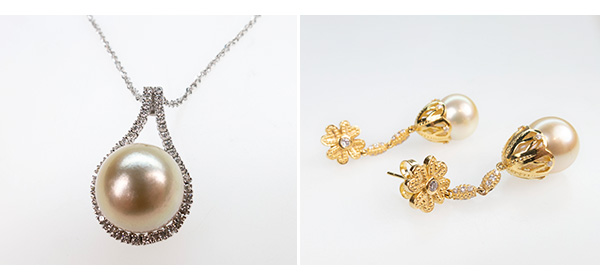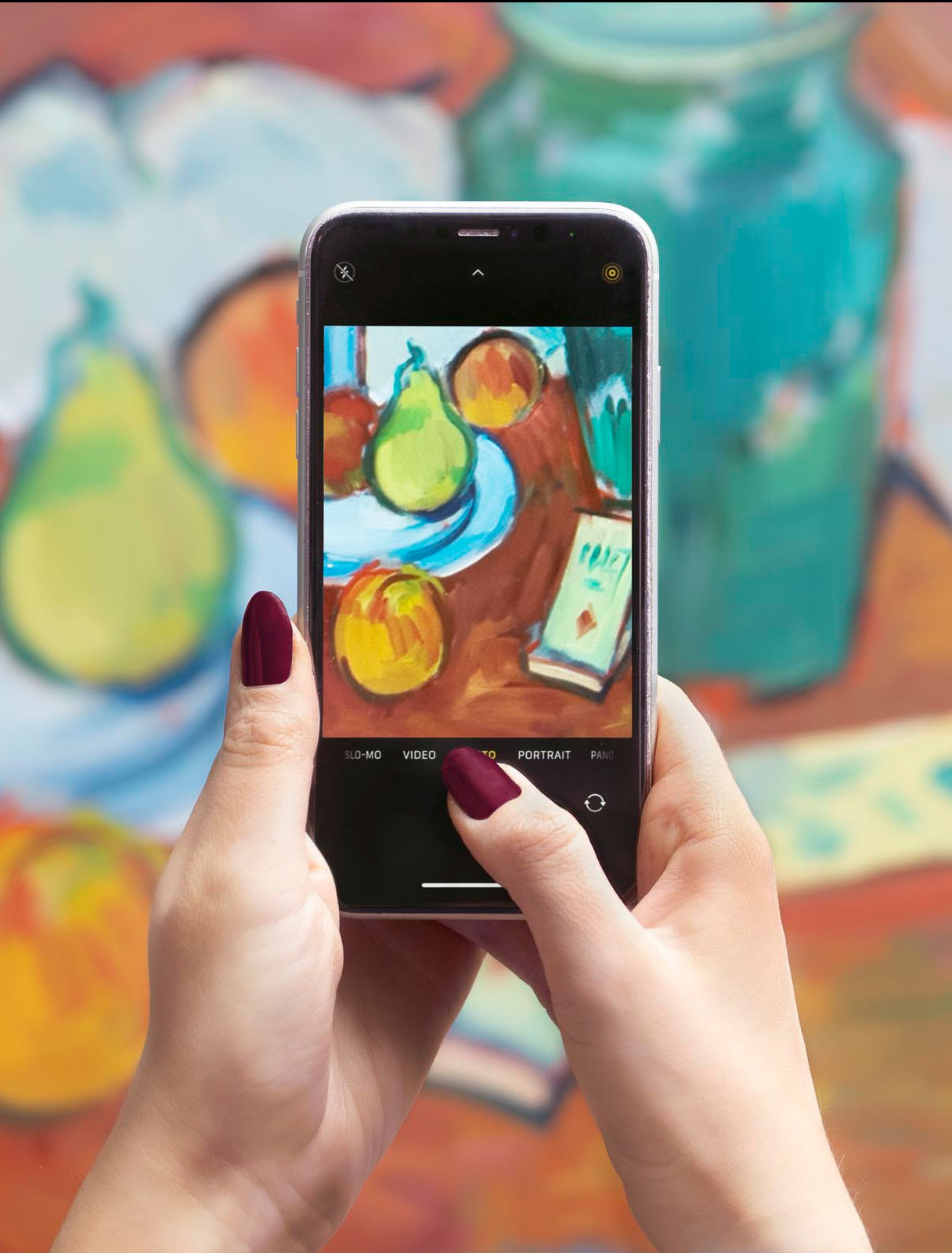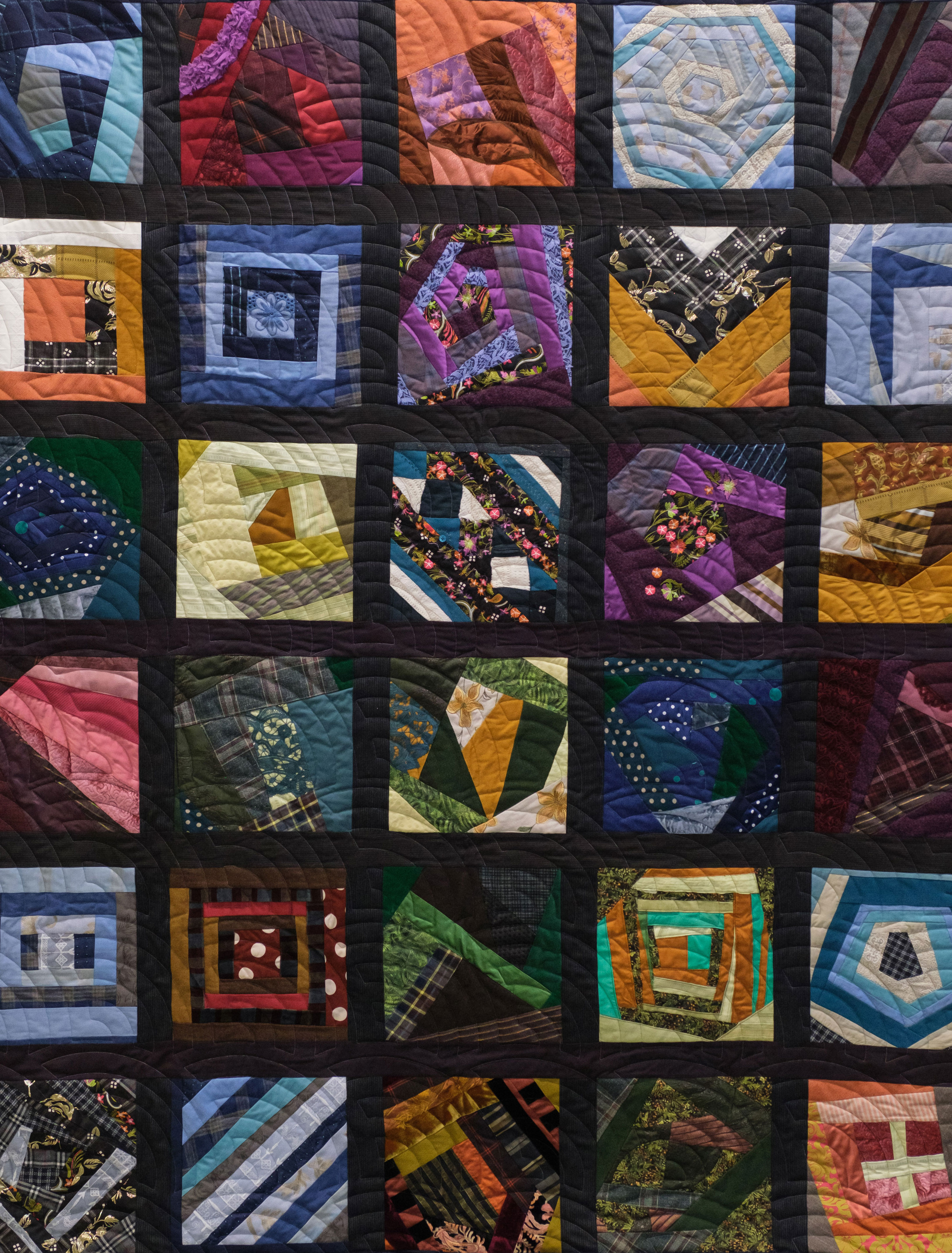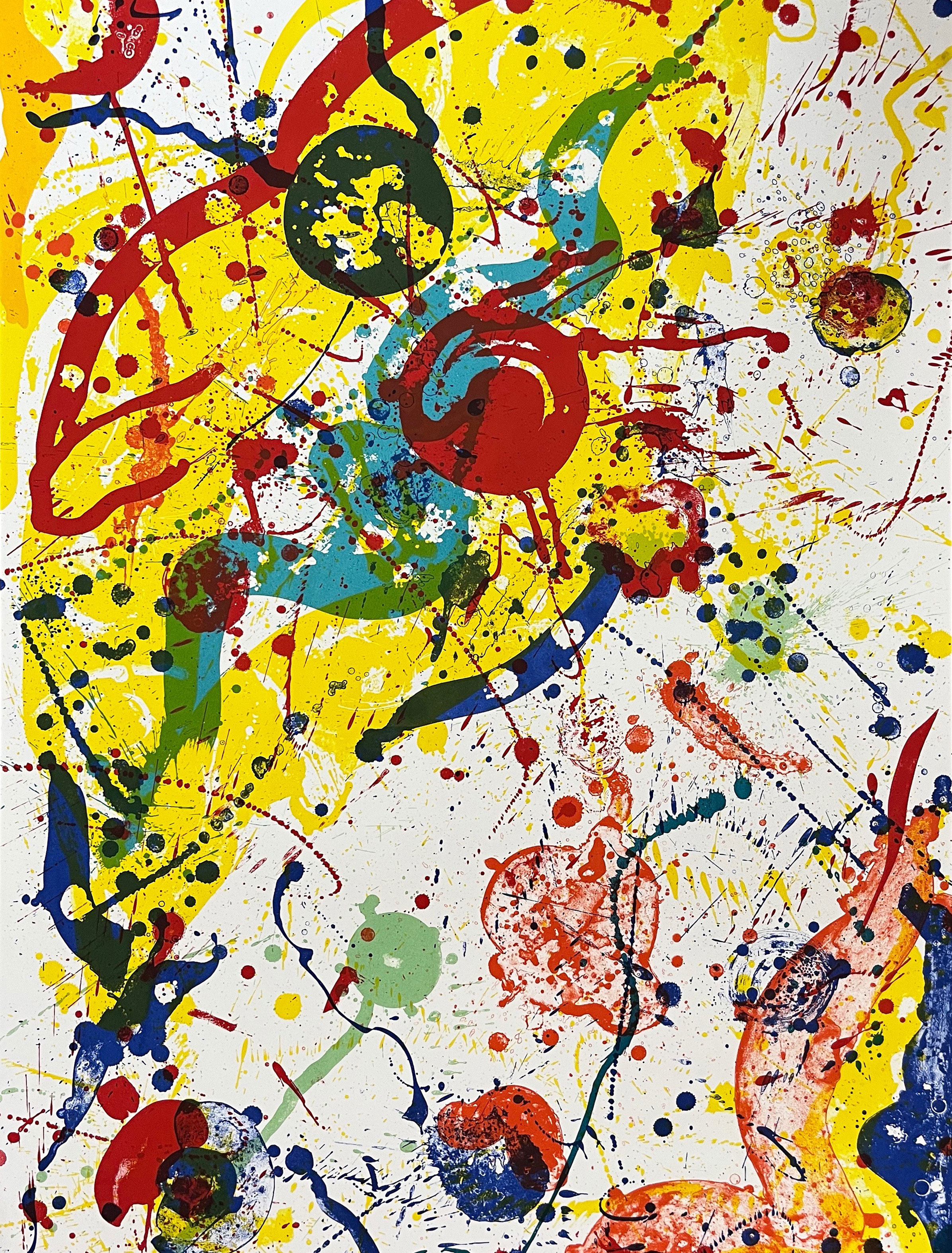Pearls of Wisdom: All About Pearls
One of the oldest ornaments known to humanity, pearls have long played an elevated role in art, decoration, fashion and language and are singularly prized across time and cultures. References to pearls can be found in the Bible and the Quran, and date even further back into the roots of civilization, with evocative mentions found in Indian, Chinese and Egyptian art and text. The Roman historian Suetonius wrote that the military general Vitellius once financed an entire military campaign by selling a single pearl earring, which paints a picture of how precious and admired these baubles truly were.
The 19th century innovation of culturing pearls made the market more accessible for the average consumer, meaning that these lustrous marvels were no longer strictly reserved for the elite and ultra wealthy. Despite a wider availability, pearls continue to conjure up images of luxury and high style—can you think about pearls without thinking of Ms Chanel?—and are a refined addition to any wardrobe, whether they’re worn in high style or more casually.
We are pleased to offer several fine examples of pearls in our upcoming Jewellery auction, online from June 6 -11, alongside pieces set with diamonds, jade and other gemstones.
Pearls also happen to be one of the birthstones for the month of June, which makes it a most serendipitous time to discuss all things pearly—how pearls are formed, various types, sustainability and proper care.
Nacre: The Secret Ingredient
It is wonderful to consider that pearls are the only ornament formed inside of a living creature. Unlike gemstones that need to be extracted from the ground, pearls are a result of a foreign object—such as a rock, piece of shell or small creature—entering an oyster’s shell. As a defence mechanism, the oyster secretes a substance called nacre which slowly envelops the foreign object in order to protect the oyster’s tender flesh from being irritated; the process continues layer by layer until a pearl is formed. Nacre is commonly known as mother-of-pearl, and is also used to form the interior lining of the oyster’s shell.
It takes many years for each oyster to form a single natural pearl, and only a small percentage of those emerge as uniformly round spheres.It is worth noting that the longer an oyster stays underwater, the larger the pearl becomes. The next time you see a pearl necklace, consider that what you are seeing is time: not only does it take years for an oyster to create these prizes, but that many hands are involved in the tasks of collecting and matching, which explains why a uniform strand of pearls has held incomparable value throughout human history.
Pearl Types & Terminology
Natural pearls are formed in a wild saltwater oyster without human interference, as described in the process above. Harvesting natural pearls is a long, labour-intensive and incredibly dangerous process, making them monumentally more expensive than other types. Natural pearls cost 200-300 times more than their cultured pearl equivalents—that is, if you can find them on the market.
Not all wild oysters create pearls to the same standard. Certain species are more prone to producing the quality of pearl needed to make desirable jewellery. While the oysters we order off the menu with a glass of cold white wine can and do produce pearls, finding one in your half shell is extremely rare. Experts put your odds at 1 in 10,000—and the pearls you might find would probably be small, irregular and of low value. Though it is a nice reminder to savour and chew your bivalves rather than swallowing them whole!
Cultured pearls are formed in saltwater much like natural pearls, except that the process is intentional and controlled. To begin the process, pearl farmers open the oysters just wide enough to insert a mother-of-pearl bead along with a small piece of mantle (the “meat” of the oyster, which is also the organ that produces nacre). The bead acts as the uniform base for the pearl, replacing the potentially misshapen foreign object in a natural pearl. In a poorly-made cultured pearl, it is sometimes possible to see the mother-of-pearl bead through the nacre, as the pearl was not left in the water long enough to form a proper coating.
While cultured pearls often come from exotic waters—think Japan, Tahiti, Australia and Indonesia—the vast majority of the mother-of-pearl beads used to kickstart the oyster’s creation actually come from the Mississippi River, where they are sourced from a mussel known for producing thick nacreous shells that are ideal for shaping into beads. The next time you slip on a pearl necklace, consider that it was most likely “born in the USA”!
Lots 143 and 145 in our auction are made from of a type of cultured pearl known as South Sea, which comes from a the white-lipped variety of the pinctada maxima oyster. This species is much larger than other oysters—sometimes reaching one foot in length—which results in the largest cultured pearl type. South Sea pearls also have the thickest layer of nacre of any cultured saltwater pearl, which results in a rich, satiny luster.

Freshwater pearls form in non-saline bodies of water, such as lakes or ponds, and are made by an oyster species that is entirely different from their saltwater peers. Freshwater pearls were typically shaped irregularly: our Senior Specialist Don McLean describes them as having been “Rice Krispies-shaped.”
In the last decade or two, Chinese pearl producers have succeeded in making freshwater pearls more or less round. Freshwater pearls can be produced in much larger quantities and require less time to form than saltwater pearls, which makes them the most accessible option on the market.
For a selection of freshwater pearls, please visit lots 137, 147 and 194.

Coloured pearls come in a variety of shades from white to black, with beautiful soft pastel variations of gold, pink, lavender and beyond. Each oyster species produce their own unique coloured pearls, and there are also variations between individuals of the same species. The rich charcoal shades coveted by collectors of Tahitian pearls come from the black-lipped Pinctada Margaritifera, while bright white Akoya pearls are formed by Pinctada fucata martensii.
Examples of coloured pearls can be seen in lots 6, 7, 125 and 194.

Baroque pearls refer to any pearl without a perfectly round shape. These aberrations can range from very slight to more pronounced curved, lumpy or ovoid shapes. The majority of freshwater pearls are baroque, but that is not to say that all baroque pearls are from freshwater: saltwater South Sea and Tahitian pearls are some of the most valuable in this category.
Interestingly, the 17thcentury artistic style known as the Baroque actually derives its name from these asymmetrical pearls. The word most likely stems from the Italian word barocco, which was used during the Middle Ages to denote an obstacle in schematic logic; the word came to mean any idea that was convoluted and obscure. The Portuguese also used the word barocco to refer to irregular-shaped pearls. Art and music criticism soon borrowed the word when describing anything seen to be bizarre, poorly considered, uneven or even grotesque—anything that departed from established rules or proportions—and was intended to be a thinly-veiled insult. Only in the 19thcentury was the term rehabilitated and reused to refer to a specific moment and style, one which encompasses titans from Vivaldi to Velazquez, from Bernini to Bach.
If you’re interested in the bold look of Baroque pearls, lots 9, 84 and 144 are of note.

Sustainability
Unlike the finite supply of precious gemstones, pearls are a resource that continues to regenerate. Harvesting a pearl does not hurt or kill the mollusc. Older oysters are known to produce better pearls than their younger counterparts, thus it is in the pearl farmer’s best interest to do right by their flock. It is also worth noting that superlative pearl specimens are only made by oysters in pristine, unpolluted waters, which is why pearl farms are often far off the beaten track and why members of this industry are highly motivated to work for sustainability and ocean health.
Keeping Your Pearls Pearly
Often pearls are thought of in the same category as other, tougher gemstones, forgetting that they are an organic material that needs to be treated with great care. Pearls do not react well to the natural oils found in skin and hair, nor to alcohol-based or chemical products such as perfume, lotion and hairspray. The acidity in these substances will gradually eat away at the nacre and ultimately dull the pearl. McLean notes that wearers sometimes make the mistake of applying cosmetics afterfastening their necklaces. He insists that “pearls should be the very last thing you put on when you go out, and the very first thing you take off when you come home.” Be aware that these same damaging substances can also damage the string on which pearl necklaces are strung: if you wish to wear your pearls often, it is best to have your necklace restrung every few years by a professional.
To best care for your pearls, gently wipe them after every time that they are worn. Use a soft, damp cloth, but make sure that the cloth is not too damp: in the case of a necklace, it is important to not oversaturate the string. Pay particular care to the part of a necklace that rests on the nape of the neck, as this is where a higher degree of wear is seen in vintage jewellery.
Pearls should be stored flat in a cool and dry environment, ideally away from direct sunlight. Keep them away from other jewellery—particularly gold and silver items—to avoid blemishing. If your jewellery has a diamond clasp, be aware that these hard gemstones can easily scratch the surface of a pearl.
Be mindful of getting pearls wet during activities such as washing your hands, swimming or bathing. Jewellery should always be removed prior, as the chemicals involved in these activities can be extremely harmful for your pearls.
Real vs Fake
If you’ve ever wondered whether grandma’s heirlooms are the real deal or not, note that real pearls will feel cool to the touch when squeezed in your hands or placed against your cheek. Squeezing with your fingers should give the impression of hardness without any give. It is sometimes suggested to rub pearls together—the idea being that real pearls will create friction, while artificial pearls will glide off each other like plastic—but we do not advise this, as it can be damaging to the surface. Nacre is formed by little prisms of carbonate which lie at varying alignments and angles, and can by scratched by anything the same or greater hardness. This means that one pearl can scratch another depending on the alignment of their carbonate prisms. An older method of identifying real pearls suggests that the pearl be rubbed on the front surface of your teeth: a real pearl will feel gritty. Never use the sharp edge of your tooth, because again, this may mar the surface. When in doubt, ask a professional!
Find out more
We’re always happy to dive deeper on the subject of pearls should you be interested in learning more.
We invite you to peruse the diverse catalogue for our Jewellery auction, which contains approximately 200 lots of primarily gold jewellery including rings, bracelets, bangles, chains, pendants, earrings, brooches and necklaces, including many examples set with diamonds, jade and gemstones. The jewellery in this auction is a selection of contemporary pieces, mixed with jewellery from all through the 19th and 20th centuries.
Please note we are unable to hold a public preview, but are always here to provide additional photographs, conditions reports, etc.
Please contact Donald McLean for more information.
Note: Our cover image of lot 143 is beautifully displayed on a marble bust of Diana Chasseresse, sold in our March Decorative Arts auction.
Related News
Meet the Specialists

Donald McLean
Senior Specialist

Livia Miliotis
Associate Specialist










